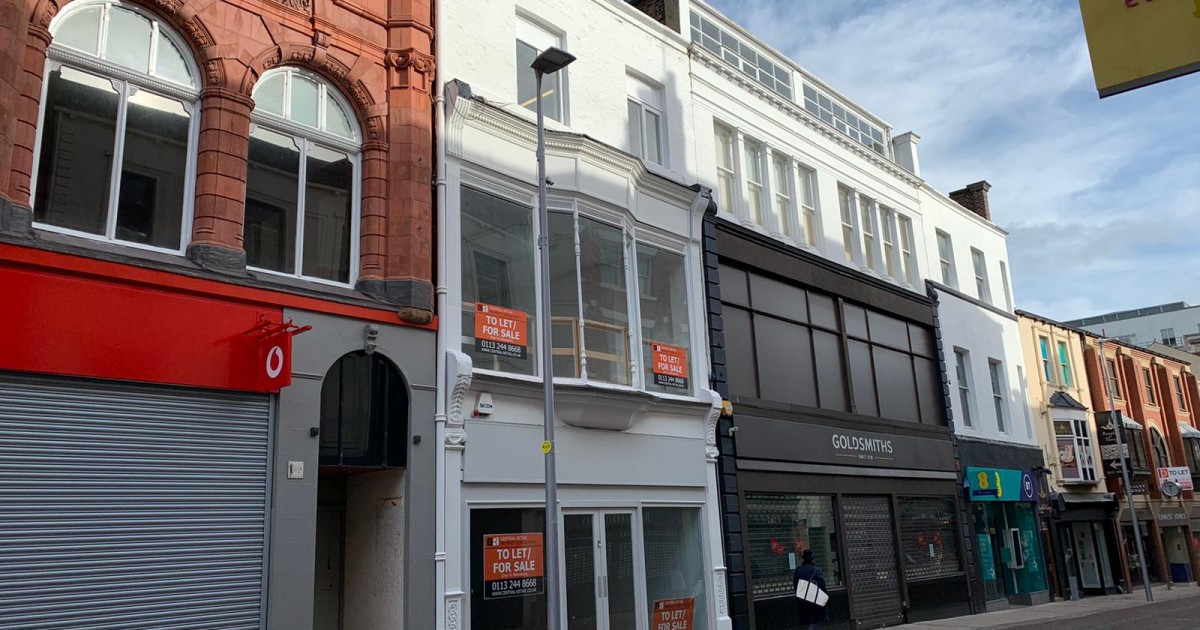In the current dynamic retail environment, where consumer preferences are constantly evolving, the need for retail refurbishment has never before more essential. Retailers face the challenge of striking a balance between aesthetic appeal with functional design to create a space that not just draws in customers but also improves their overall shopping experience. When carried out thoughtfully, refurbishments can breathe new life into a store and act as a powerful tool for renewing a brand.
Understanding the significance of retail refurbishment goes past mere aesthetic improvement. It is about deliberately designing a store that is in tune with current trends and consumer expectations. From upgrading layouts to boosting customer interactions, the right refurbishment can greatly boost sales and reinforce brand identity. As we delve deeper into the dilemmas retailers face during refurbishment, we will investigate how to handle these challenges to forge a harmonious balance between style and function.
Understanding Shop Renovation
Shop revamping is a critical process for shops looking to stay competitive in an evolving marketplace. Basically, it includes updating and revamping the shop's actual space to boost its aesthetics and effectiveness. This can consist of anything from surface changes like updated color palettes and furnishings to more significant modifications such as redesigning the layout or upgrading technology. The aim is to create an appealing atmosphere that matches with modern consumer trends and desires.
One of the key reasons for store revitalization is the necessity to keep the store updated and engaging. As consumer behaviors and consumer expectations change, retailers must modify their spaces to meet these demands. A well-executed refurbishment can inject new life into a brand, attract new clients, and encourage repeat trips. It allows retailers to utilize design elements that communicate their branding more efficiently, ensuring a unified shopping experience that aligns with their intended customers.
Furthermore, refurbishment can greatly affect sales and shopper engagement. An appealing and well-arranged retail space motivates shoppers to commit more time in the retail space, leading to higher sales chances. Factors such as lighting, color palettes, and arrangement play vital roles in guiding customer behavior and improving product exposure. Hence, understanding the gains of retail refurbishment spans beyond mere looks; it includes creating a strategic environment that fosters an satisfying shopping experience and fuels company expansion.

The Influence of Store Renovation on Customer Experience
Retail refurbishment plays a significant role in improving the overall customer experience. When stores undergo a thoughtful refurbishment, they not only refresh their aesthetic appeal but also make notable improvements in functionality. Clients are more likely to value their time in a space that feels new and welcoming, with intelligently arranged layouts that promote a efficient shopping process. Retail Refurbishment Somerset refurbished store can engage customers more impactfully, prompting them to explore products and engage with the brand on a deeper level.
One of the key aspects of store renovation is the potential to create an engaging brand experience. By aligning the store design with company principles, palettes, and advertising, retailers can create an environment that resonates with their customer base. This congruence reinforces brand identity and fosters devotion, as customers feel a genuine connection to the space they are in. An appealing atmosphere can turn a normal shopping trip into an enjoyable experience, leading to prolonged visits and higher spending.
Furthermore, thoughtful design elements such as illumination, color palettes, and displays are crucial in guiding customers and enhancing their interaction with the products. Careful refurbishment leads to improved navigation and accessibility, which can significantly lower frustration for clients. Overall, a well-executed refurbishment not only renews the store's appearance but also improves the customer journey, ultimately resulting in greater satisfaction and devotion.
Budgeting and Strategizing Your Retail Update
When embarking on a retail refurbishment, effective budgeting and planning are crucial to the project's achievement. Start by assessing your current financial situation and identify how much you can feasibly allocate for the refurbishment. This involves factoring in all possible expenses, including design, materials, labor, and any unforeseen costs that may arise. Developing a detailed budget helps you focus on upgrades while making sure that important aspects of the refurbishment are not neglected.
As you plan the refurbishment, it is necessary to set clear objectives and timelines. Identify what exact updates your store needs, whether it's upgrading the customer experience, improving the layout, or modernizing aesthetics. Establish a timeline that outlines each phase of the project, from initial planning and design to implementation and final touches. A well-structured plan will help keep your team efficient and accountable, minimizing the risk of delays that can impact your finances.
Ultimately, consider incorporating flexibility into your budget and timeline. https://notes.io/wX7Dz challenges, such as supply chain delays or required adjustments due to building regulations. By allowing for some variability in your budget and schedule, you can navigate these issues more effectively without derailing the entire project. This strategic approach not only helps in keeping track of costs but also ensures that your refurbishment achieves the desired impact on your store's aesthetics and functions.
